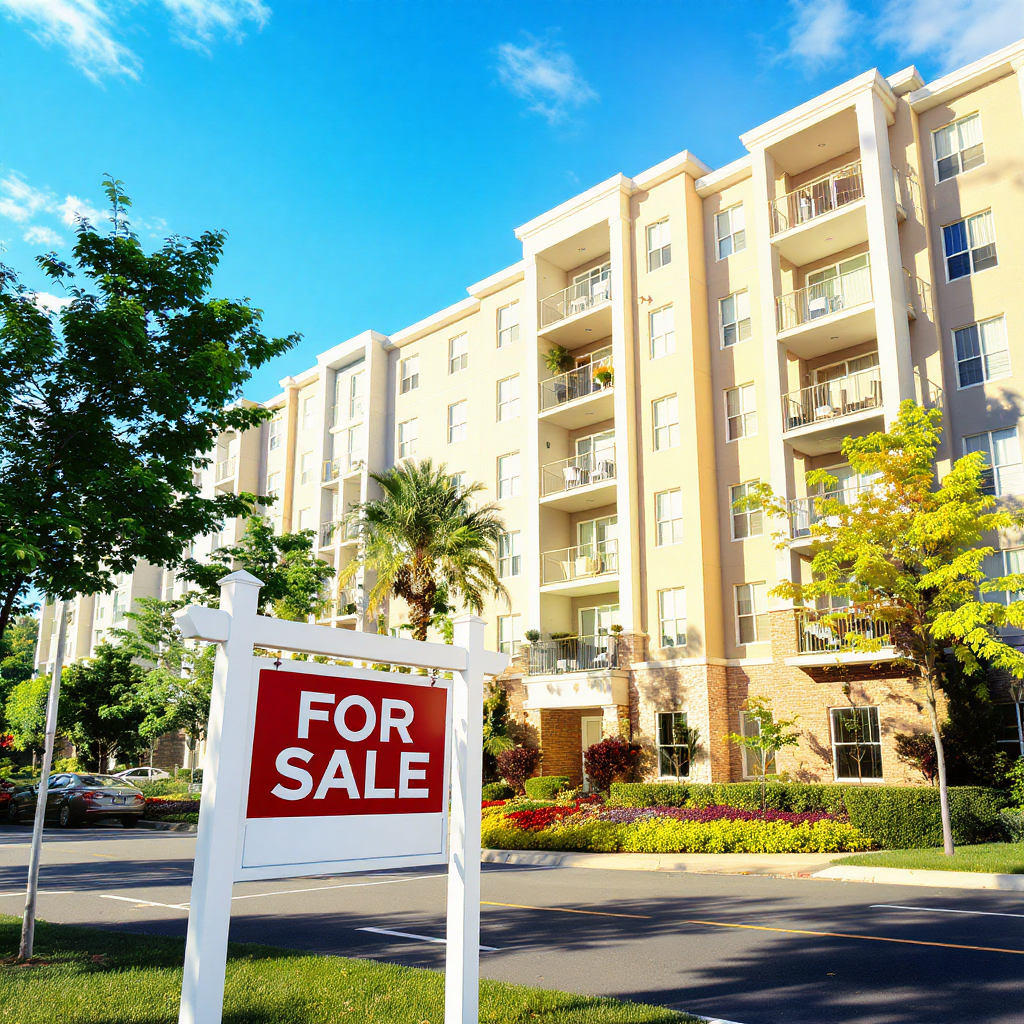Best Practices for Selling Your Apartment Building in Los Angeles and the South Bay
Introduction
Selling an apartment building in Los Angeles and the South Bay—from Torrance and Redondo Beach to Inglewood and El Segundo—requires more than just putting a “For Sale” sign out front. With shifting rent control policies, rising insurance premiums, and evolving buyer expectations, today’s landlords need a clear strategy. This guide outlines best practices to maximize your property’s value, streamline the sales process, and position your building for the strongest outcome.
Six Best Practices for Apartment Owners
1. Get Educated on Your Market Inside and Out
The Los Angeles multifamily market is vast, with micro-markets that behave differently.
South Bay Coastal Cities (Torrance, Redondo, Hermosa, Manhattan Beach): Buyers often pay premiums for walkable, higher-income tenant bases, but buildings may require higher liability coverage due to coastal risk.
Gardena, Hawthorne, Lawndale, Lomita: These cities feature post-war stock, where renovations significantly improve value.
Inglewood: Demand has surged thanks to SoFi Stadium and the Intuit Dome, but rent control overlays affect valuations.
Knowing these local nuances helps set realistic expectations and highlight unique strengths.
2. Highlight Capital Improvements
Buyers today are wary of deferred maintenance. If you’ve invested in new roofs, plumbing upgrades, seismic retrofits, or electrical sub-panel replacements, showcase these in your marketing package.
Example: A 12-unit building in Hawthorne that replaced all plumbing saw a 12% price-per-unit premium compared to nearby unrenovated assets.
3. Prepare Your Financial Story
Investors want clarity. Ensure your rent roll, 12-month income/expense (T-12 if available), and renovation records are organized.
In Gardena, a building marketed with a clean financial packet attracted 4 offers within 10 days, versus 30+ days for less transparent listings.
4. Understand Rent Control & Regulations
Los Angeles and South Bay owners must navigate:
RSO (Rent Stabilization Ordinance) in LA City.
Statewide AB 1482 rent caps.
Local rules in Inglewood 4 units and less are different than 5+ units.
Being upfront about compliance prevents deal friction and attracts serious buyers.
5. Market Exposure Beyond the MLS
Successful sales often go beyond CoStar and LoopNet. Targeted campaigns—postcards, email, and direct calls—are crucial.
A Lomita 8-unit marketed with both online syndication and direct mailers achieved 98% of list price within 45 days.
6. Work With an Experienced Broker
A specialized broker familiar with Los Angeles and South Bay apartment sales provides more than listing services. They know how to:
Position value-add opportunities.
Identify exchange buyers.
Manage challenges like title clean-up (common in family-owned buildings).
This can make the difference between a stale listing and a premium close.
Frequently Asked Questions (FAQs)
Q1: How long does it take to sell an apartment building in Los Angeles + South Bay ?
On average, mid-sized apartment buildings (10–20 units) in LA and the South Bay sell within 90–120 days if priced properly. Coastal markets like Manhattan Beach may move faster due to high demand, while areas with heavy rent control (Inglewood, LA City) may take longer.
Q2: How does rent control affect my property’s value?
Rent control reduces a buyer’s ability to raise rents quickly, which typically results in lower cap rates and more conservative valuations. However, some investors value the stability of regulated markets, so positioning the building correctly is key.
Q3: Should I renovate before selling?
Cosmetic upgrades (paint, landscaping, updated units) often provide 2–3x return on investment in resale value. Major upgrades (plumbing, electrical) should be highlighted but not always undertaken right before sale unless safety or compliance issues exist.
Q4: What’s the biggest mistake sellers make?
The most common mistake is overpricing at the start. Properties that sit stale often sell for less after multiple reductions. A realistic Broker Opinion of Value (BOV) rooted in comps is critical.
Q5: How do South Bay markets differ from Los Angeles proper?
South Bay cities—like Torrance, Redondo Beach, Hermosa, and Manhattan Beach—attract higher-income tenants and lifestyle-driven buyers, often resulting in higher price-per-unit metrics. By contrast, Los Angeles City properties often deal with stricter regulations but larger pools of investors. Rent control is the biggest differentiator.


